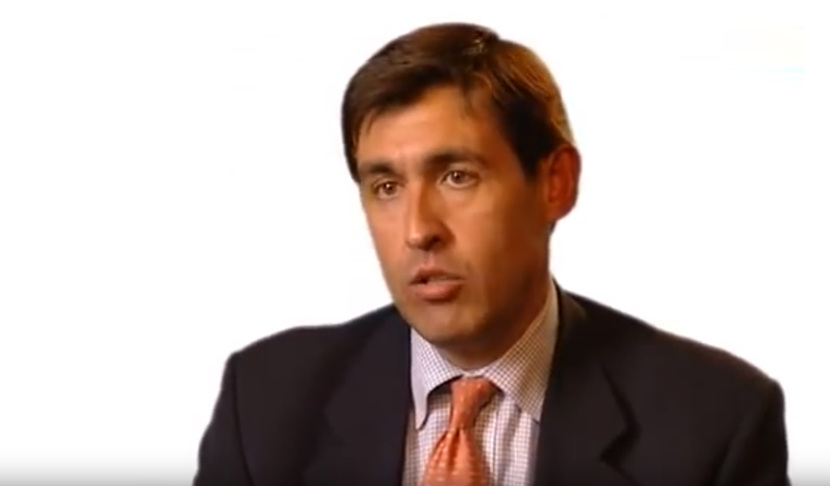Fintech is making Asset Management more competitive
May. 04, 2017
An industry under pressure. That was the conclusion at the seminar “Investing in a world with low expected returns: Implications for the Asset Management Industry” with Luis Viceira, visiting from Harvard Business School.

Luis Viceira is the George E. Bates Professor at the Harvard Business School. He develops research, case writing, and teaching in the areas of investment management and capital markets. On April 20, he visited the Swedish House of Finance and gave a much-appreciated talk on his research and views of developments and challenges in the asset management industry today.
Investors have been working with very low interest rates, and low risk premium, for an extended period of time. It is creating a lot of havoc for some players in the asset management industry and effects are showing on lower fees and an increased awareness of operational costs. Enhancing an already strained situation are technological advances that changes the way investors work and how they are able to compete.
– Looking at capital market conditions today, fighting inflation and delivering returns are becoming a nightmare for everyone. Many assets are appearing very expensive and alternatives are not a panacea anymore, said Luis Viceira.
Risk is becoming front and center
As a result of the difficulties navigating the investment landscape, the average player in the sector is not as good as they used to be. The really good results are concentrated with a few players, and they of course have a limited capacity. Long-term investors targeting absolute returns are facing one of the toughest investment environments in recent decades. They need to adjust expectations and adapt to this new environment, according to Luis Viceira.
– Big investors are thinking more and more carefully about how they spend their money. When returns are low, managing the risk becomes crucial, said Luis Viceira.
Since the financial crises, the flow of money has been going in the direction of passively managed funds at the expense of active investors. The driving forces behind the shift to passively managed low cost funds are institutional investors. Investors are becoming increasingly aware of costs and performance but since “alpha” is uncertain, it is hard to justify high fees. As an effect, expense ratios of mutual funds have dropped significantly.
The development of the FinTech-sector is another factor putting pressure on costs. Parts of the industry that used to be accessible only to those with deep pockets are now opening up to more investors. For instance, quant investing is made possible by big data.
– That is great new for investors. What used to be expensive “alpha” is now becoming affordable “beta”. Quant has raised the bar for traditional hedge funds, said Luis Viceira.
Active investors fare better in bad times
Even though active investors are struggling, Luis Viceira reminded that during bad times they seem to have an edge. During financial crises and bubbles, active investors tend to outperform the market. There are different explanations for this but one is that a market with more distortions provides more opportunities to make good investments if you are flexible.
– More funds have concentrated positions with fewer holdings than what used to be standard historically. If people are going to invest in an active fund, it has to stand out and be something different from the index. You have to show that you can pick both the best “cherry” and the best “lemon”, said Luis Viceira.
